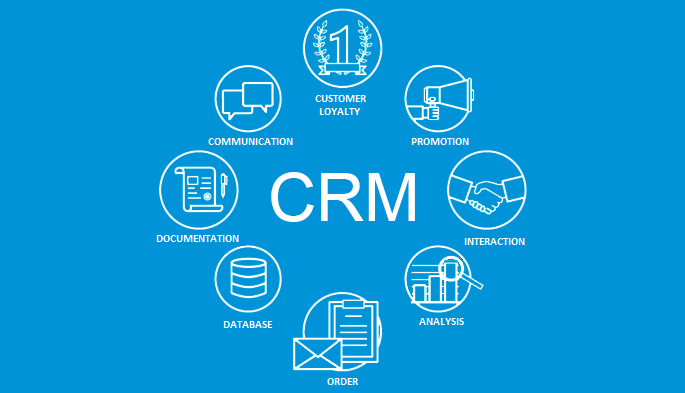
Many organizations in the B2B industry are understandably baffled by the broadly bandied phrase CRM. What does it mean?
That nice definition describes it in summary: CRM is a technique for building a company’s relationships with clients, customers and sales leads. It requires using technology to set up, automate, and synchronize business processes-principally sales activities, and also all those for marketing, customer support, and technical services. The entire objectives should be find, attract, and gain new customers, nurture and retain those the organization actually has, attract previous customers back into the fold, and minimize the costs of marketing and customer service. Customer relationship management describes a company-wide business technique such as customer-interface division as well as other divisions.
While having an effective CRM system will include using software which is either developed exclusively to your business or, is an off-the-shelf system that you may modify, it is just the beginning of the procedure. If you need your CRM technique to be successful you need to develop a customer centric organization. There is small point in getting smart software if it is not being utilized like a tool to improve the service you provide to clients at every single communication touch point.
1. Be unrelenting within your search for recording specific information:
Your team should be inspired to concentrate on the accuracy and reliability on the information and facts which is fed with your CRM system. Data should be correct, complete, updated and legally compliant.
2. Train your staff so they understand the consequences of inputting inaccurate data:
They must see the bigger picture and not simply look upon themselves as data entry clerks. Who are they letting down? They have to be able to see the connection, for example, between valued loyal and long-standing customers and recording all relevant data and transactions to the highest standards with the minimum of inaccuracies.3. Augment and enrich your customer data. There is nothing to be gained from loading incomplete, patchy, inaccurate customer data into a brand spanking new system. You are simply automating an ongoing liability. Having your data cleaned and augmented externally and your database certified as being clean, enriched and legally compliant is absolutely critical.
3. Only use high-quality prospecting data:
Spending time loading prospect data into your system that turns out to be unclean, inaccurate and in many cases downright illegal is to be avoided at all costs. Only buy or rent your data from a provider that belongs to the List Warranty Register and is a member of the Direct Marketing Association.
4. Incorporate social media contacts:
It’s not just consumer faced businesses that are benefiting from engaging and interacting with a new audience online. In the B2B sector it’s happening too. Whilst Facebook may be the social media tool of choice for consumer brands, it’s all happening on twitter for B2B brands. However, don’t load your social media contacts into your general prospecting pool in your CRM system. They have engaged with you primarily for social reasons so treating them as a ‘sell to prospect’ will go down like a lead balloon.
Look upon your CRM strategy as a business initiative and not an IT project and ensure that the data you load into it results in a blaze of delighted customers and converted prospects.
Let us know if you needs more information on this

Do You Need More Information ?
For any further information / query regarding Technology, please email us at info@crmtiger.com
OR call us on +1 630 861 8263, Alternately you can request for information by filling up Contact Us

Leave a Reply